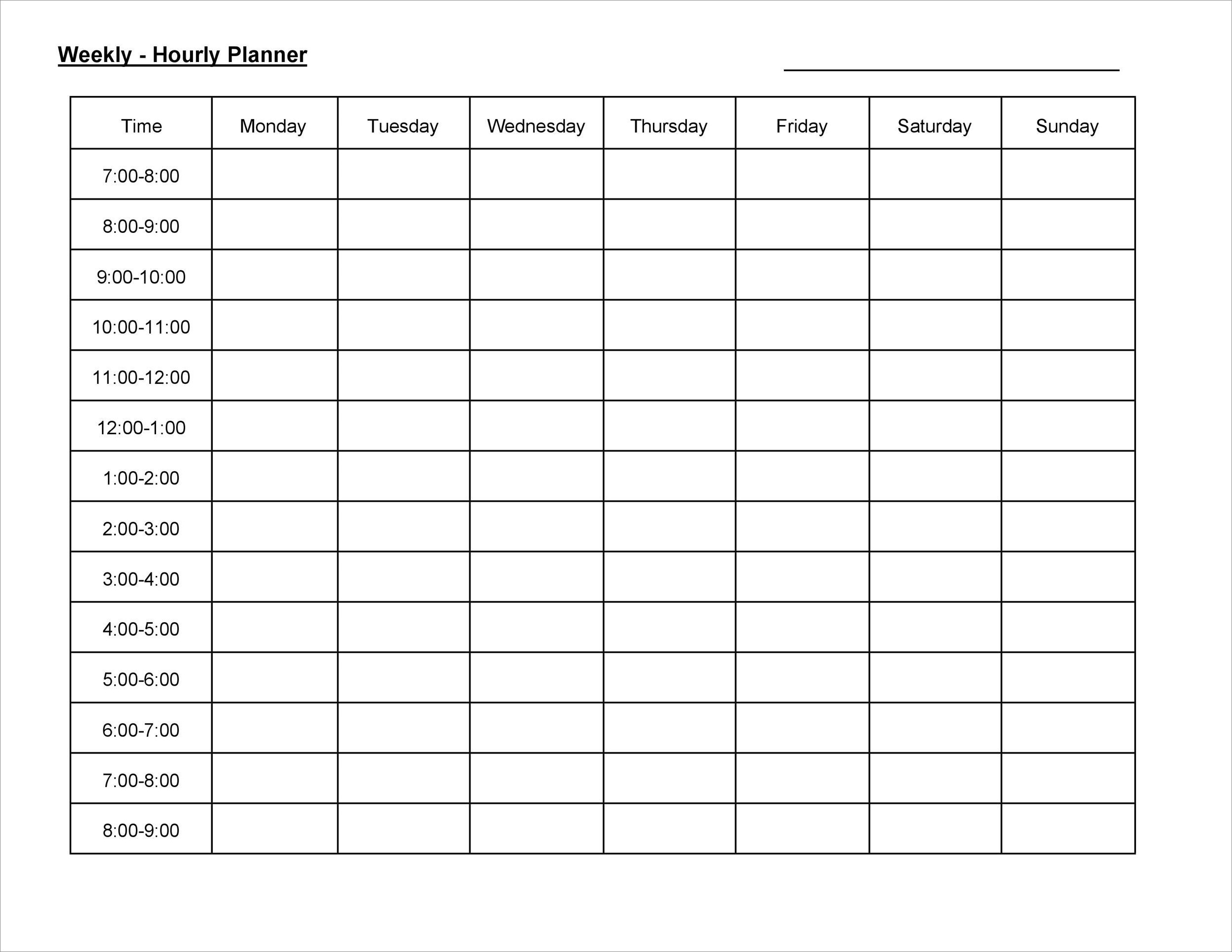When it comes to managing our time effectively, having a well-structured hourly schedule can make a significant difference. A carefully planned schedule helps us stay organized, meet deadlines, and accomplish our goals efficiently. Whether you are a student, a professional, or simply someone looking to make the most out of your day, having an hourly schedule can help you prioritize tasks, manage your time effectively, and reduce stress.
In this article, we will explore the benefits of using an hourly schedule, how to create one, and provide some practical tips for maintaining productivity throughout the day. Whether you’re a morning person or a night owl, this guide will help you make the most out of every hour.
What is an Hourly Schedule and Why is it Important?
An hourly schedule is a detailed plan that outlines your activities and tasks throughout the day, broken down into specific time slots. It allows you to allocate time for different activities, prioritize tasks, and stay focused on the things that matter most.
Having an hourly schedule can help you:
- Stay organized and reduce procrastination
- Manage your time effectively
- Prioritize tasks and set realistic goals
- Reduce stress and increase productivity
- Improve time management skills
How to Create an Hourly Schedule
Creating an effective hourly schedule requires careful planning and consideration. Here are some steps to help you create an organized and productive schedule:
1. Determine Your Priorities
Start by identifying your top priorities for the day. What tasks or activities are most important to you? List them down and keep them in mind when planning your schedule.
2. Break Down Your Day
Divide your day into manageable time slots, typically by the hour. This will help you allocate time for different activities and ensure you have enough time for each task.
3. Allocate Time for Important Tasks
Assign specific time slots for your most important tasks. This will help you prioritize these tasks and ensure they get the attention they deserve. Be realistic with your time allocations and consider your energy levels throughout the day.
4. Consider Your Energy Levels
Take into account your natural energy levels throughout the day. Are you more productive in the morning or the afternoon? Schedule your most challenging tasks during your peak energy periods to maximize productivity.
5. Include Breaks and Downtime
Don’t forget to schedule breaks and downtime. Taking regular breaks can help you recharge, maintain focus, and prevent burnout. It’s important to find a balance between work and rest.
6. Be Flexible
Remember that your schedule is a guide, not a rigid plan. Unexpected events or tasks may arise, and it’s important to be flexible and adapt to changes. Allow some buffer time in your schedule to accommodate unforeseen circumstances.
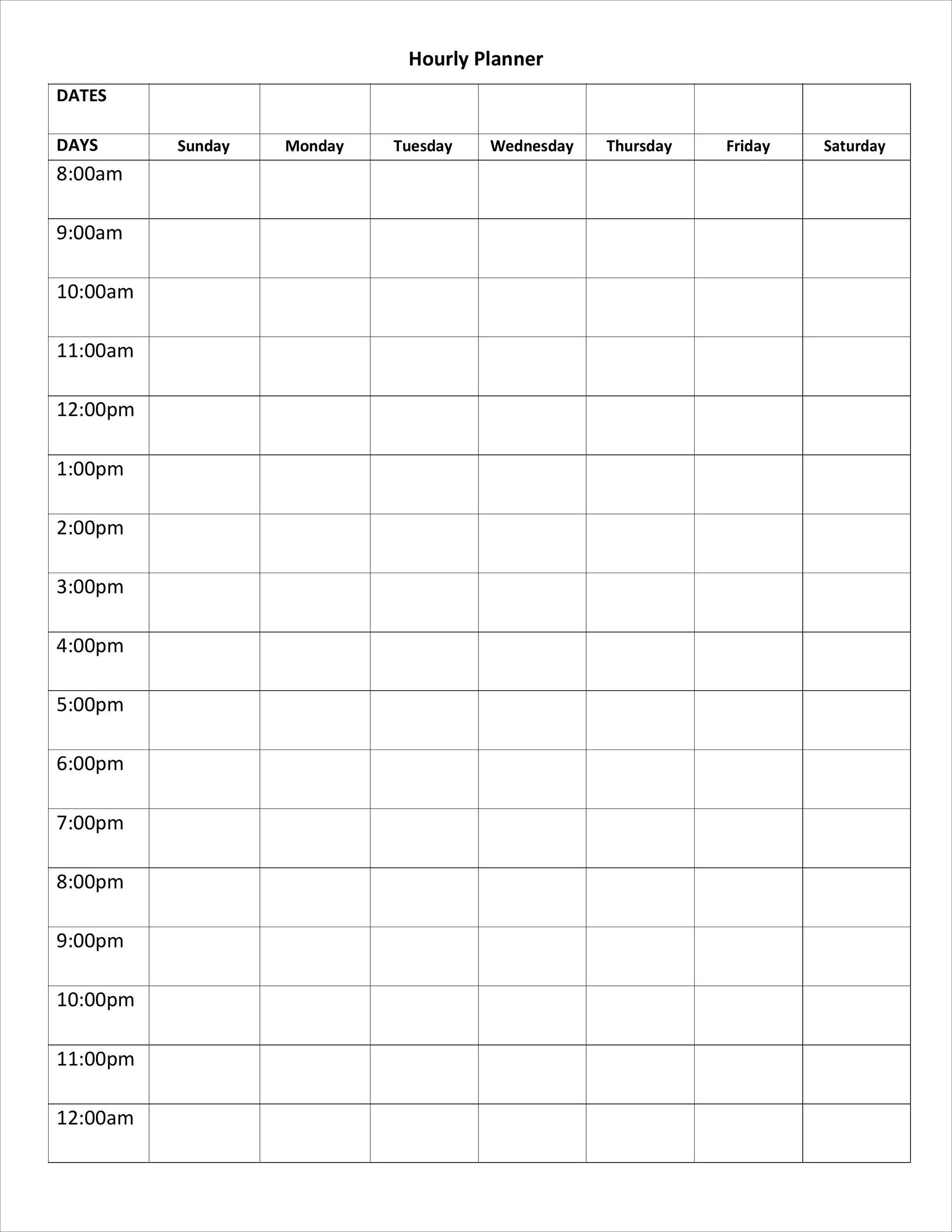
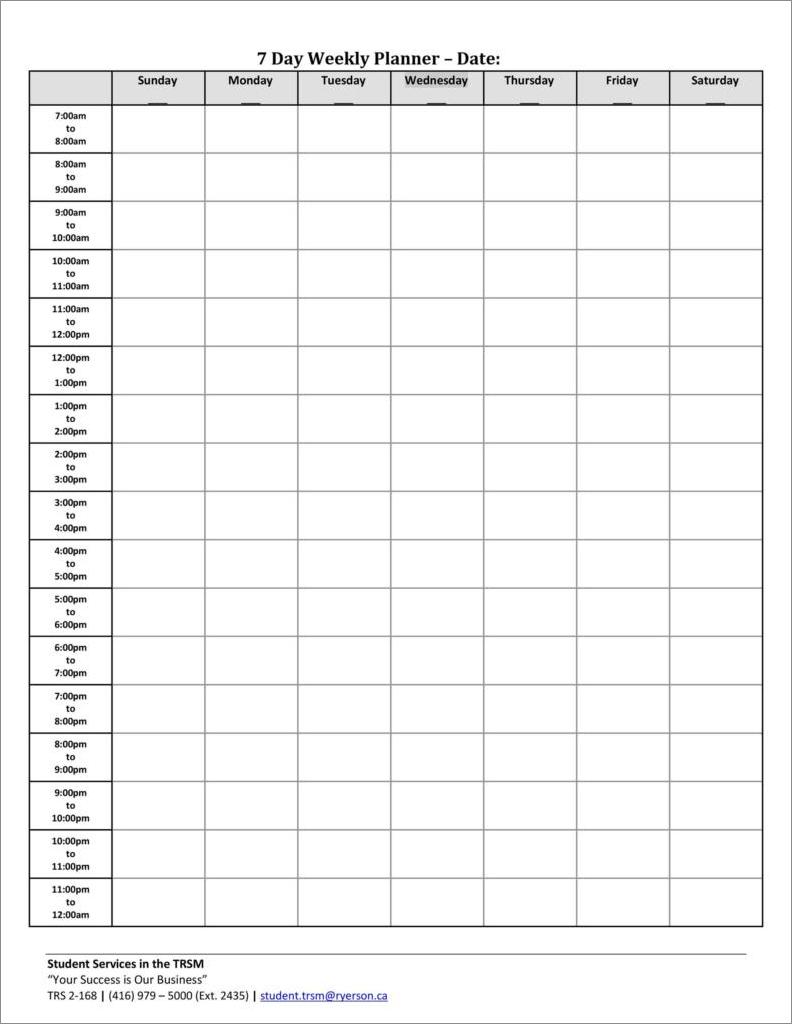
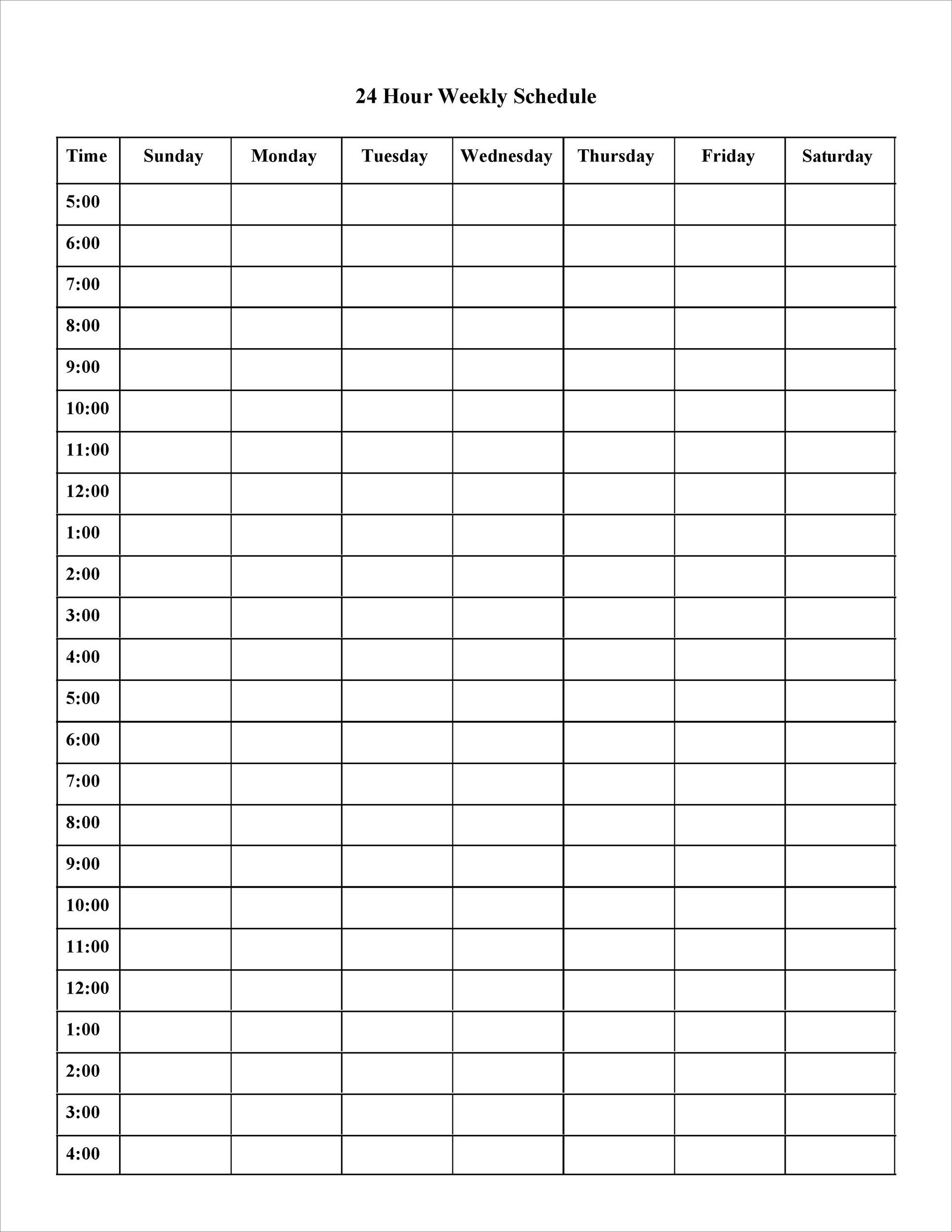
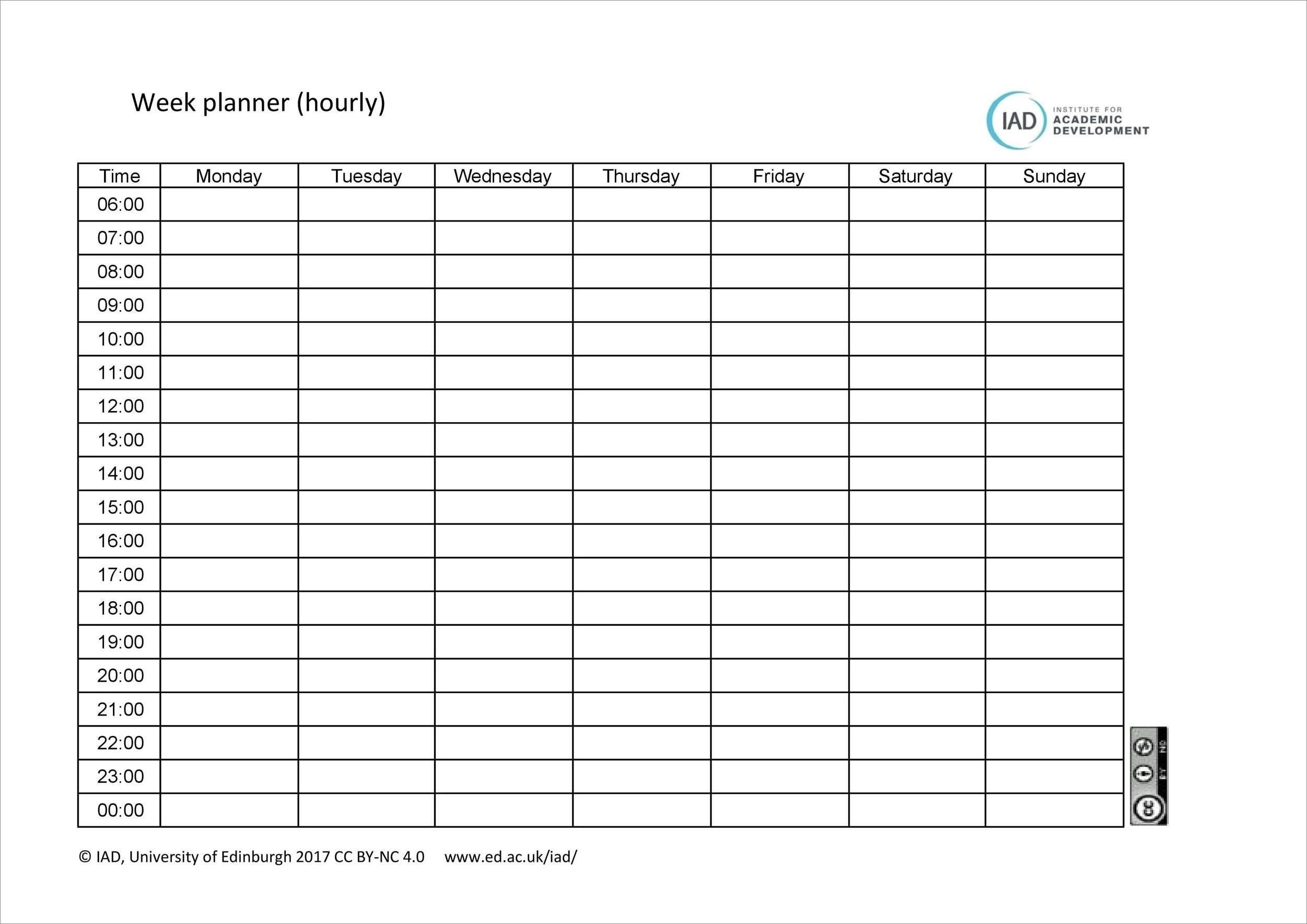
Tips for Maintaining Productivity Throughout the Day
Creating an hourly schedule is just the first step. To maintain productivity throughout the day, consider implementing the following tips:
1. Avoid Multitasking. While it may seem efficient, multitasking can decrease productivity and lead to mistakes. Focus on one task at a time to maximize efficiency.
2. Prioritize Important Tasks. Start your day by tackling the most important and challenging tasks. This will help you stay focused and prevent procrastination.
3. Take Regular Breaks. Schedule short breaks throughout the day to rest and recharge. Use this time to stretch, go for a walk, or engage in activities that help you relax.
4. Eliminate Distractions. Minimize distractions by turning off notifications on your phone, closing unnecessary tabs on your computer, and creating a quiet and clutter-free workspace.
5. Practice Time Blocking. Allocate specific blocks of time for different tasks or activities. This helps you stay focused on one task at a time and prevents tasks from dragging on.
6. Use Technology to Your Advantage. There are many productivity apps and tools available that can help you stay organized, manage your time, and track your progress.
Conclusion
An hourly schedule can be a powerful tool for increasing productivity and maximizing your time. By creating a well-structured schedule, prioritizing tasks, and implementing effective time management techniques, you can achieve your goals and make the most out of every hour. Remember to stay flexible and adapt to changes, and don’t forget to take breaks and rest when needed. With a well-planned hourly schedule, you can accomplish more and reduce stress in your daily life.
Hourly Schedule Template Word – Download
